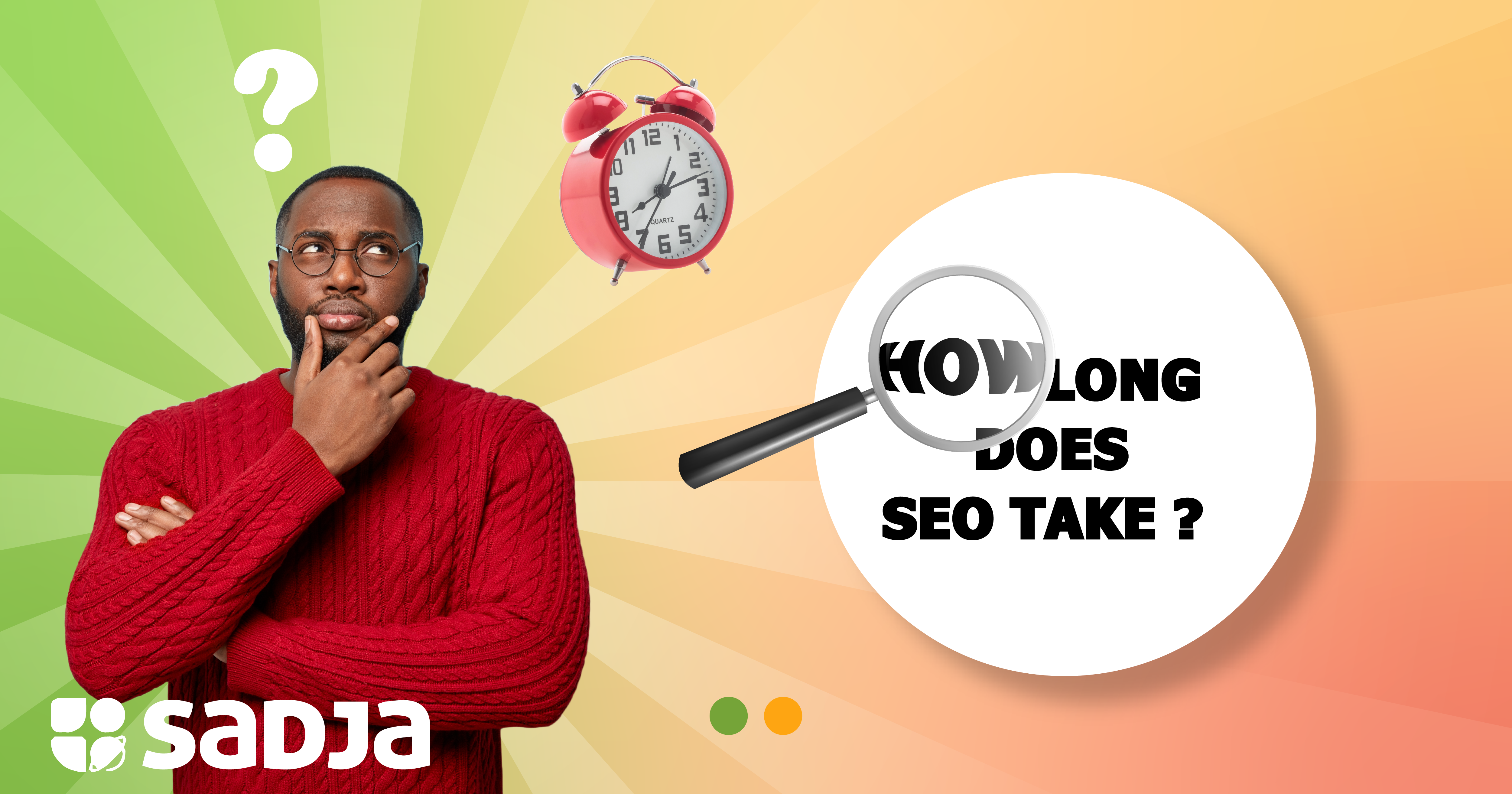If you haven’t kept up with the latest digital marketing trends, you’re limiting both your brand’s reach and reputation. You may be comfortably unaware of new marketing trends, but your target market and rivals aren’t. This post will get you up to speed with the latest developments in digital marketing.
Shoppable posts (Social commerce)
For a long time, businesses have struggled to get their followers on social media to visit their online stores. Now, they don’t need to anymore. Social commerce involves purchasing products directly through social media advertisements and posts – there’s no need to leave the site or application. Shoppable social media posts aren’t really new, but since Instagram checkout started in 2019, they have grown in popularity. Over half of all the people on social media use it to research products. A shoppable post reduces the effort required to complete a purchase and consequently reduces the chances of sales abandonment. What makes this trend so convenient is there’s no need for the seller to be an eCommerce brand. As long as your business sells products, even just a few pieces of branding merchandise, you’ll see significant returns by adding payment capabilities to your social media posts.
If you own a Shopify store, adding the shopping option to your posts is as simple as connecting your accounts for Instagram or installing a plugin for Snapchat. For platforms like Pinterest and Facebook, you may have to create stores.
Direct messaging
To establish a personal connection with their customers, brands have taken the hunt for conversions to direct messaging. Since its introduction, it has evolved into a highly useful tool for customer service and customer conversions, and it is currently one of the most popular digital marketing trends of 2020. Through messaging apps such as Viber, Whatsapp and Facebook messenger, brands have established stronger ties to their customers. These direct messaging platforms combine the convenience of text messaging with the speed of a phone conversation, all within an environment user find comfortable. The technique works best when users are encouraged to contact the messaging platform first.
Micro-influencers
Influencer marketing has been a popular practice for a few years now. It has been so effective, in fact, that major influencers now have a remarkable impact on brand perception. Social media influence is now a commodity, and it doesn’t come cheap.
Rather than fight it out with global conglomerates for the best influencers, small and medium-sized businesses have chosen to work with small and medium popularity influencers (micro-influencers).
Micro-influencers have grown popular in recent times. The term is used to describe influencers who have narrow niches. They are popular enough to have influence, and they are still in touch with their followers but aren’t inundated with sponsorship offers. Besides the fact that they aren’t expensive, they also maintain a higher engagement rate than more prominent influencers. Since micro-influencers have fewer followers, they can devote a lot more time to each one. Furthermore, it’s more convenient for companies to work with such individuals because they represent niche markets themselves.
Interactive email
Despite reports that its growth has slowed, email has maintained its relevance in the marketing industry, and it boasts a 3,200% return on investment. There has been a rapid decline in the use of plain-text newsletters and emails. This isn’t a bad thing, though. In their place are beautiful, pixel-perfect emails that look like they come from a web designer’s portfolio. Email marketing campaigns are increasingly relying on email messages that look and work as web pages – including clickable buttons and other functionalities.
These highly appealing designs do more than impress, they increase conversions, and that’s because readers are more likely to click attractive buttons with supporting visuals than they are plain sombre links.
Sentiment analysis
Comprehension is a significant part of human communication. Without the ability to understand each other, language would never have evolved. While humans have hundreds of thousands of years of evolution on their side, recent developments in speech recognition and machine learning have allowed computers to understand and talk like real people. Social listening, or sentiment analysis, is the analysis of user/customer reactions to a service or product, usually on social media or any other online platforms.
Sentiment analysis typically involves the use of data collection tools and algorithms to identify online responses to your brand and assess them. While it’s not new, the current advancements in machine learning have made it more popular than ever. Computers can now understand the meaning behind what people post online. This includes emoji and slang. Sentiment analysis tools like Repustate, critical mention or Lexalytics will help you find out what people really believe about your brand, and you can use that data to improve your products and strategies for marketing, sales, and social media campaigns.
Alternative and niche social media platforms
Despite optimism over Facebook’s recent performance, the sustained declines in both user growth and public opinion have made a permanent dent in the platform’s dominance. Similarly, Twitter is experiencing a plateau in growth. This suggests a shift in power.
Truth be told, both Facebook and Twitter will remain useful marketing channels through 2020 and for many years after that. But the shift has already begun. Several smaller social media channels have experienced remarkable growth in interest and growth. It would be wise to develop your presence on these sites now. You’ll be rewarded in a few years after they’ve gained more dominance.
In particular, medium, Snapchat, Pinterest and Reddit are expected to experience significant growth. Facebook has been losing young users for some time, and brands targeting the below 30 demographic are moving to youth-centred platforms. These platforms may lack the reach of the giants, but that isn’t necessarily a bad thing. If you are a niche brand, small specialized platforms will allow you to interact with your target audience more efficiently.
Featured snippets
A straightforward explanation for the growing importance of featured snippets with regard to digital marketing is the vast amount of retail space they take up within search results. They often dominate the page and are used to provide specific answers to user queries. In terms of value, featured snippets draw more users to your website, increase brand awareness, and improve revenue, especially when used as part of a broader digital marketing strategy.
Leveraging featured snippets also allows you to take advantage of emerging trends such as voice recognition. Voice assistants are increasing in popularity, and in most cases, when u ask google assistant a question, the answer is taken straight out of a featured snippet or featured box.
The trends covered in this post are, quite surprisingly, both more human and more mechanical. It appears digital marketing is leaning more towards personal relationships with specific target markets. However, the only way to establish such relationships is through new technologies such as machine learning and automation. At its core, digital marketing hasn’t changed- it’s about giving people what they want, at the time and place they want it. The trends covered in this post are just new ways to get it done.
 +256 206 300885
+256 206 300885


